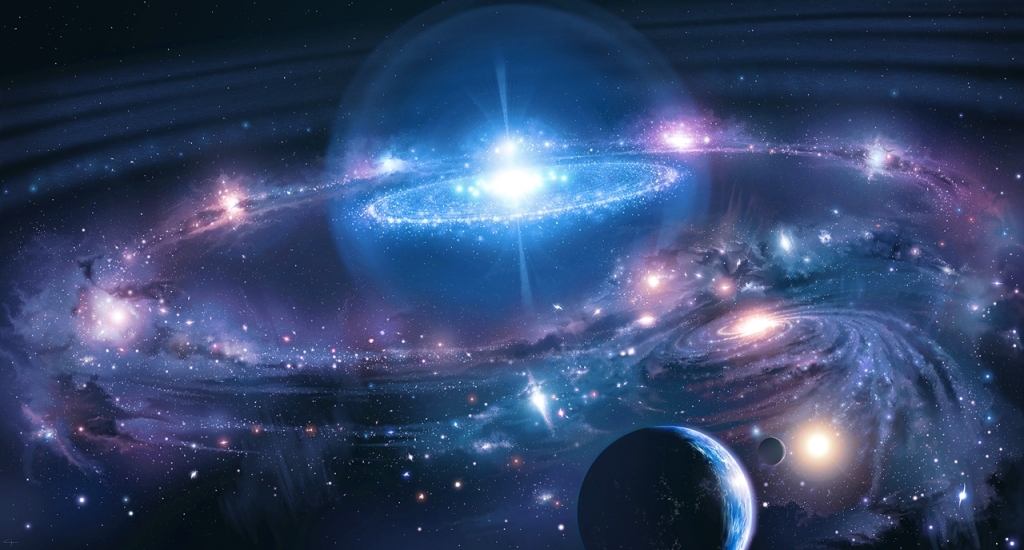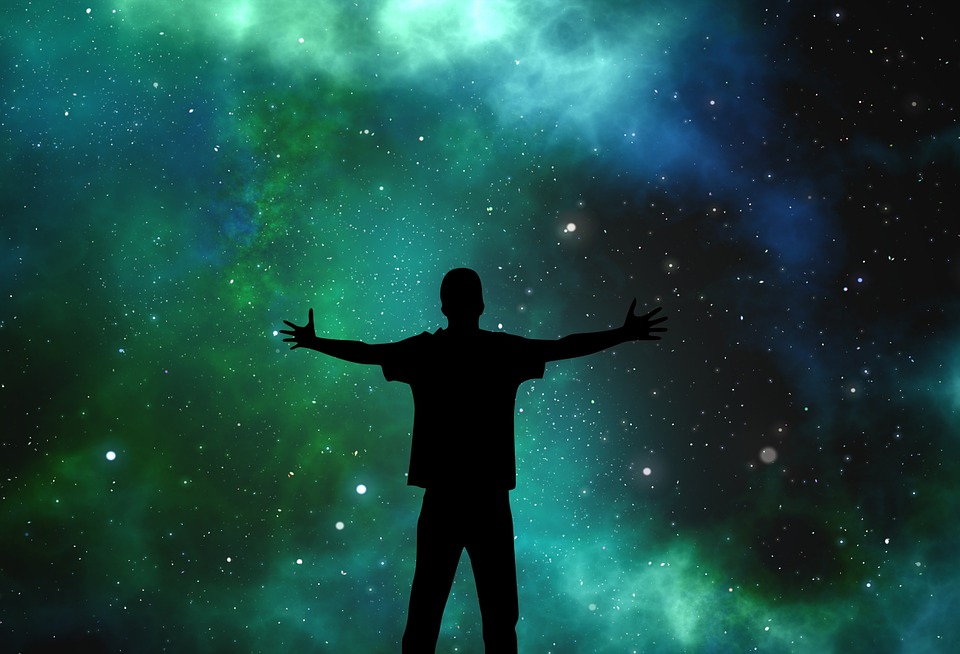re-ionization
-

Cosmology Demystified
That has got to be the single strangest post title I’ve ever written. Of all the whacky branches of science out there, cosmology almost takes the cake — second only, I think, to the downright trippy world of quantum mechanics.…
-

A Cosmological Timeline
We started covering cosmology way back in April. And since then, we’ve explored quite a bit — in fact, the grandest story the universe has to offer. We’ve followed the universe from the first fractions of a second after the…
-

From the First Nuclei to First Light
When we talk about the first 30 minutes of time, we describe the universe expanding and cooling. As the universe cooled, the nuclear reactions that produced the first atomic nuclei slowed and stopped. But it was only relatively cool. The…
